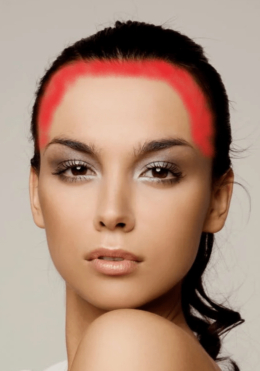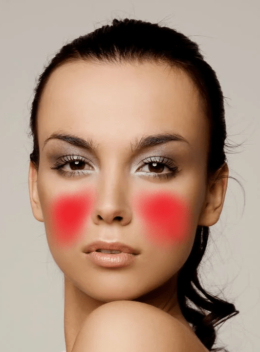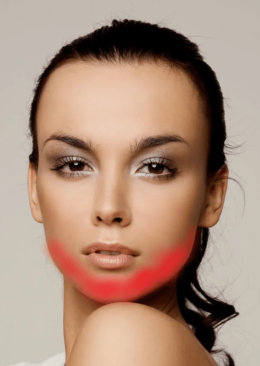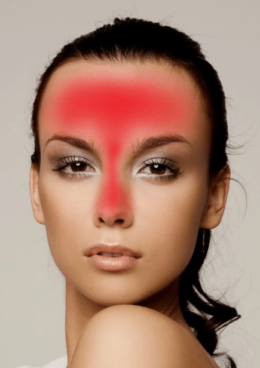Treatment can vary depending on the type of acne and how severe the acne is. It can sometimes take several months for acne to improve once treatment has started. For moderate to severe acne the following topical treatments are effective methods to help clear acne:
Acnecide
Acnecide gel / Acnecide Wash contain the active ingredient benzoyl peroxide which works to reduce the amount of bacteria on the skin. Acnecide also thins the area of skin where it is applied which loosens up the area and allows it to shed. Acnecide can be used on mild acne and is effective on inflammatory acne such as pustules and papules. This can so be used on blackheads and whiteheads. Acnecide is considered a first-line treatment.
Differin Gel
Differin contains an active ingredient called adapalene, which is a retinoid. Retinoid is a class of medicine which is derived from vitamin A. Retinoid works by encouraging skin cell turnover, preventing pores from getting clogged. Differin is mainly used to treat acne which is on the surface of the skin, such as whiteheads and blackheads. Differin is also a prescription only medication.
Duac Gel
Duac gel contains benzoyl peroxide and an antibiotic, clindamycin. Benzoyl peroxide reduces the amount of bacteria on the skin, whilst clindamycin creates an unfriendly environment for bacteria to survive in. Duac is best for mild to moderate acne as it helps reduce swelling and is a prescription only medication.
Epiduo Gel
Epiduo contains adapalene and benzoyl peroxide. The combined ingredients prevent acne and reduce skin inflammation. Epiduo is mainly used to treat mild to moderate acne and works well on whiteheads and blackheads.
Treclin Gel
Treclin contains two active ingredients, clindamycin and tretinoin. Tretinoin promotes cell production which prevents pores from getting clogged. Treclin can be used to treat whiteheads, blackheads, pustules, papules and redness. Treclin is a prescription only medication.
Zineryt
Zineryt contains an antibiotic, erythromycin and zinc. These two ingredients work to reduce the growth of bacteria, production of oil and reduces inflammation. Zineryt works well with moderate to severe acne. The effectiveness of erythromycin has declined in recent years, and this treatment is usually reserved for those who have not had a positive result with all other treatments.
A doctor may prescribe certain types of the contraceptive pill (birth control pills) for female patients. Co-Cyprindiol and Dianette are popular contraceptive pills that double up as acne treatments.







